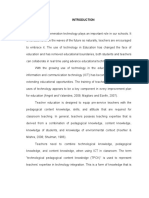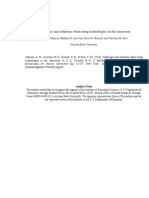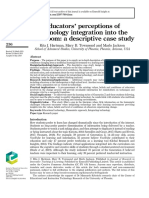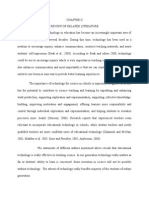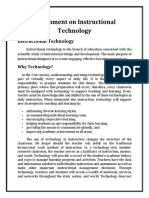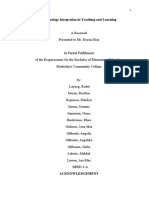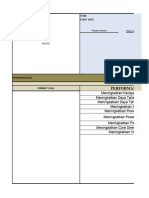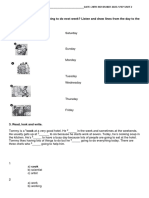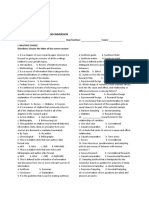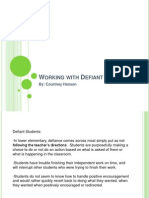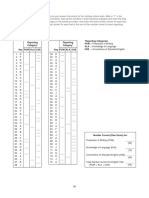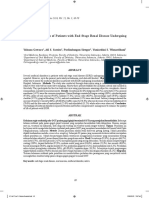0% found this document useful (0 votes)
7 views13 pagesChapter 1
The research investigates the challenges experienced in integrating technology within development programs for teachers. The study will investigate various frameworks, models, and strategies used to equip teachers with effective knowledge and skills they need to properly leverage technology in their teaching approaches.
Uploaded by
muthurinathanielCopyright
© © All Rights Reserved
We take content rights seriously. If you suspect this is your content, claim it here.
Available Formats
Download as DOCX, PDF, TXT or read online on Scribd
0% found this document useful (0 votes)
7 views13 pagesChapter 1
The research investigates the challenges experienced in integrating technology within development programs for teachers. The study will investigate various frameworks, models, and strategies used to equip teachers with effective knowledge and skills they need to properly leverage technology in their teaching approaches.
Uploaded by
muthurinathanielCopyright
© © All Rights Reserved
We take content rights seriously. If you suspect this is your content, claim it here.
Available Formats
Download as DOCX, PDF, TXT or read online on Scribd
/ 13










